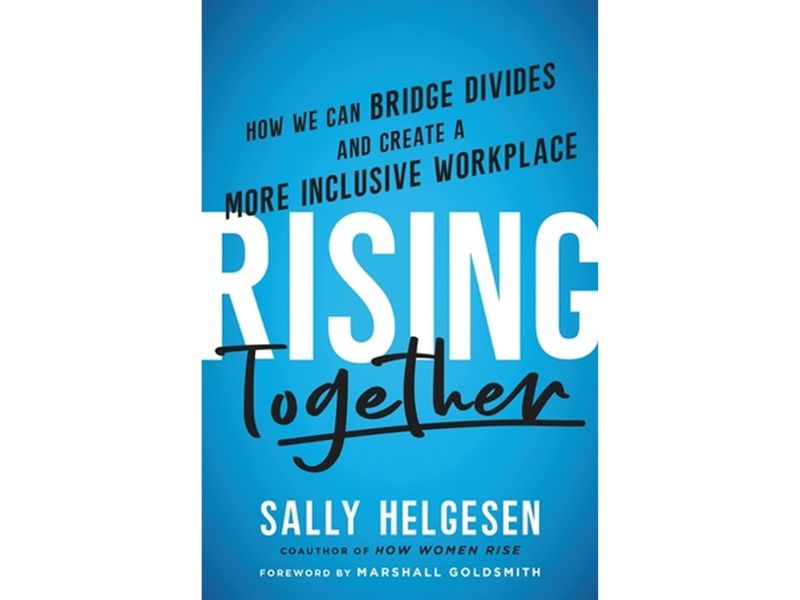The media is full of reports on employee dress codes, many making headlines out of women being sent home for not wearing high heels!
Jaime Johnson, Director of award-winning employee engagement and employee research provider, The Survey Initiative, offers her advice on how to create an inclusive dress code.
- What you wear to work, should reflect your company’s core values. Consider whether you’re a media-savvy type organisation where jeans, smart T shirt and the latest branded trainers are the norm? Or are you uber corporate where only the smartest of navy-blue suits will do?
- Engaging with your employees is vital, so make sure you take the time to consult with your staff to see what they think should be written into your workplace dress code. Discuss standards of dress throughout the company at all levels – for example the CEO may like to wear a suit as it helps him/her portray their seniority, but do they expect the same of their employees? If you opt for a ‘smart casual’ policy, set-up workshops so that everyone is clear on what constitutes ‘smart casual’. You’ll be surprised at how wide people’s views are on this matter, this will be affected by a person’s age and faith.
- Many organisations with public-facing staff opt for a staff a uniform. A uniform helps customers easily identify staff and it ensures companies can maintain or strengthen their corporate image. Here all employees should be offered non-gender specific garments, such as health professionals and security personnel offered trousers etc.
- Often employees are requested to wear certain garments or uniform due to health and safety requirements. All health and safety garments are obligatory, but it’s always wise to offer employees a choice of different garments to wear. For example: food service operators could be offered a choice of two-three different options of a mix and match collection. Allowing staff to choose what they feel most comfortable to wear really helps to boost productivity.
- When creating your dress code also consider your company’s view on tattoos and body piercings – some bars and clubs actively encourage people with tattoos and body piercings to give the outlet a more edgy vibe, whereas other organisations may request employees to remove piercings or cover tattoos while at work.
- Your dress code must be inclusive to everyone of any religion to ensure they are free to express their own cultural and religious beliefs. Also, consider employees within the LGBTQ community – could your uniform put certain sections of the community off working for you, are you losing out on top talent because of your existing dress code? What policies do you have in place for someone who’s transgender, or on their transformation journey?
- Once the dress code has been agreed it’s also imperative that the code is shared to everyone throughout the organisation so that everyone knows what is expected of them. Here be very clear and give picture examples of what is and what is not acceptable in the workplace.
- If you’re ever uncertain of your legal requirements discuss the issue with your company lawyer or refer to ACAS’ website, which offers lots of helpful tips and latest legal advice on dress code.
But the key to getting the dress code right, is to make sure you listen to your employees and treat staff members with mutual respect. To discover more about creating healthy and productive working environments, visit www.surveyinitiative.co.uk.
 About the author
About the author
Jaime founded The Survey Initiative in 2006 following a career in employee research. She heads up the data analysis team and is dedicated to creating employee research solutions that deliver real results.








